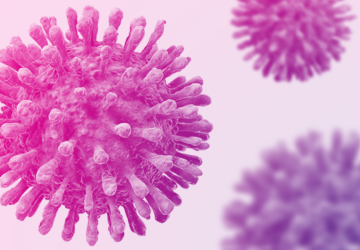As I reflect on the post I wrote three years ago, it is with mixed feelings that I once again blog about World AIDS Day. There is part of me that is relieved to see that the media is still covering stories about HIV (no burnout yet!) but the spotlight appears to be about well-known celebrities such as Rock Hudson, Greg Louganis, and Arthur Ashe. Charlie Sheen’s recent announcement that he, too, is living with HIV has also helped to trigger new discussions.
But, what about the real HIV/AIDS story…the story of how it continues to infect innocent mothers and babies of the world? Globally, the UN’s Millennium Goals for 2015 (MDG 6) were missed. The target of halting and beginning to reverse the spread of HIV/Aids by 2015 has not been met, although the number of new HIV infections fell by around 40% between 2000 and 2013.
Sadly, despite education, awareness, better technology and good drugs, the virus continues to be on the rise in the U.S. among certain populations and certain age/minority groups.
This month the CDC reported that in the U.S. the sexually transmitted disease (STD) epidemic is worsening and that cases of chlamydia, gonorrhea and syphilis all increased in 2014*. A CDC spokesperson stated, “America’s worsening STD epidemic is a clear call for better diagnosis, treatment, and prevention.”
The good news is that there was a global reduction in HIV infection in 2015 and, according toPEPFARandMDG, there has been improvement in access to care and treatment with ~ 13.4 Million people on ARVs as noted in the MGD6 goal. Newer ARV combinations and prophylactic drugs are working well. The even better news is that progress has been made with mothers, children, and babies as shown in the following stats:
- 43% decline in new infections among children in 21 priority countries
- 7 out 10 HIV pregnant women received ARV’s to prevent mother-to-child transmission
- 6 out of 10 mothers or their children received ARV’s while breastfed to prevent transmission
As we look to future World AIDS Days, I am hopeful that next year’s post will deliver more good news showing progress towards ending this terrible epidemic.
*People who get syphilis, gonorrhea, and herpes often also have HIV, or are more likely to get HIV in the future. http://www.cdc.gov/std/hiv/stdfact-std-hiv.htm



